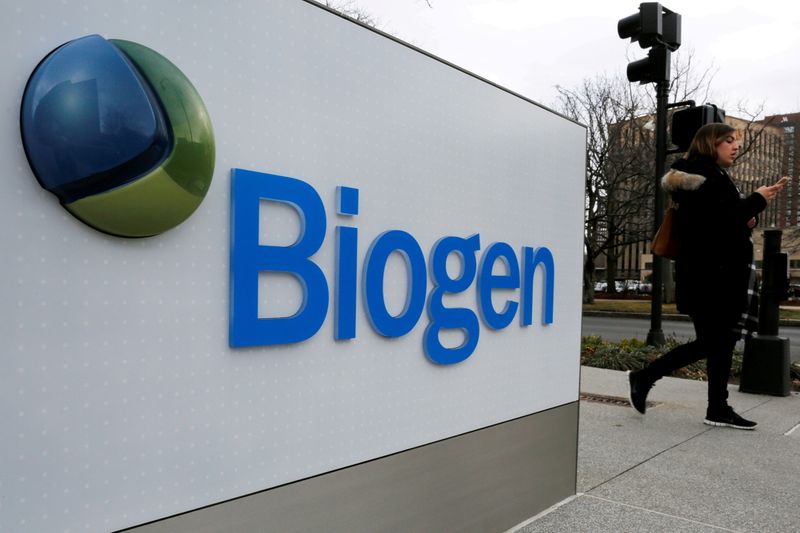Follow us on LinkedIn
An asset is a resource that is owned or controlled by a business that can result in future economic inflows for it. For example, for a company, assets may be machinery, building, property, inventory, cash, etc. Companies present these assets on the Balance Sheet. Additionally, based on how long they expect to use them, companies must classify it as current or non-current.
What are Current Assets?
Current Assets on the Balance Sheet are those assets that the company expects to use or consume within the next 12 months. For example, it may include inventory, which the company assumes will sell within the upcoming year. Based on their liquidity, the company must also sort their current assets presented on the Balance Sheet. Current assets are a vital part of any company as they represent assets used in daily operations.
The main goal of classifying assets as current and non-current is to differentiate between assets that companies can liquidate without much effort. In contrast, non-current assets represent assets that companies use for longer periods and cannot easily liquidate. Companies can evaluate some assets to determine whether they are current or non-current. However, some accounting standards may also require them to classify specific assets as non-current or current.
What are some examples of Current Assets?
Depending on the nature and size of a company, its current assets may include various items. Some of the most common examples of current assets are as below.
Accounts Receivable
Accounts receivable is a balance that represents the sum of all money owed to the company by its customers. Usually, accounts receivable exists for all businesses that offer credit sales. As long as a company expects its customers to pay within the upcoming 12 months, it can classify its balance as a current asset. Accounts receivable are less liquid as compared to some other assets and usually appear at the top of the list.
Inventory
Inventory is a balance that shows the raw materials, work in progress, and finished goods of a company. Depending on the nature and size of the company, the amount and value of inventory may fluctuate. Inventory is less liquid than cash but more liquid as compared to accounts receivable. Nonetheless, all companies that offer physical products will always own inventory.
Prepaid Expenses
Prepaid expenses represent expenses that a company has already paid for but has not yet incurred the related expense. For example, companies usually pay insurance or rent in advance. Usually, companies do not pay their expenses in advance for more than 12 months. Therefore, they must classify prepaid expenses under current assets. Although not liquid, prepaid expenses still are the current assets of a company.
Cash
The most liquid form of asset for any company is its cash and cash equivalent balances. A company may hold cash at its premises or the bank. Either way, they must classify cash as current assets. While a company may not use all its cash balances within a year, there are fluctuations associated with the balance. Therefore, they must classify it as a current asset.
Conclusion
Current assets are resources owned or controlled by a company that it expects to use or consume within a year. All companies must classify and present their current assets on the Balance Sheet. These usually consist of accounts receivable, inventory, prepaid expenses, and cash balances.
Further questions
What's your question? Ask it in the discussion forum
Have an answer to the questions below? Post it here or in the forum


Net Income Available to Ordinary Shareholders of $216 million and Operating Income of $98 million for the Three Months Ended Net Income Available to Ordinary Shareholders of $485 million and Operating Income of $368 million for the Twelve Months Ended Operating Return on Average Equity…


